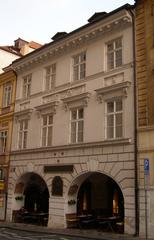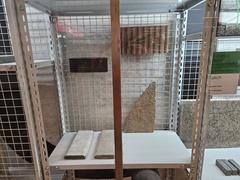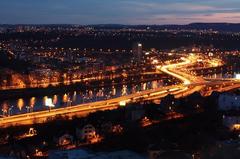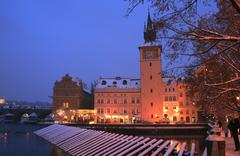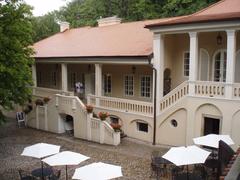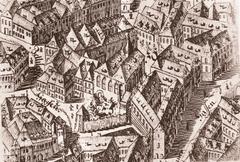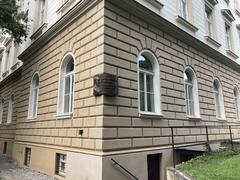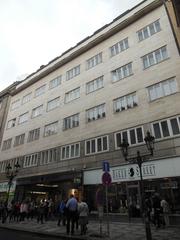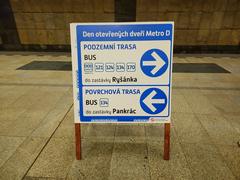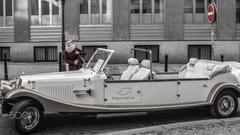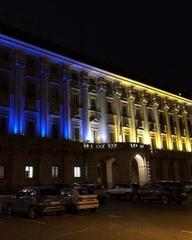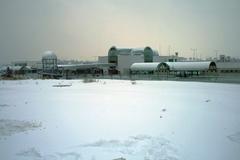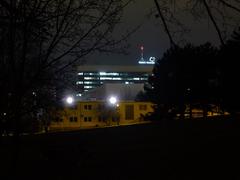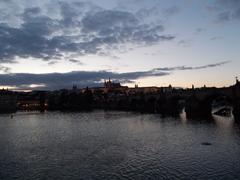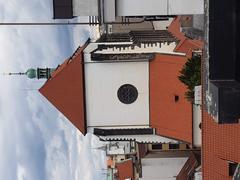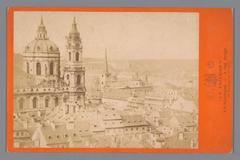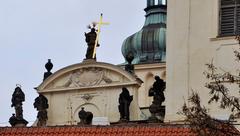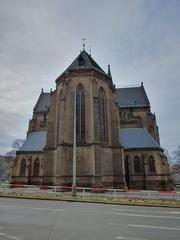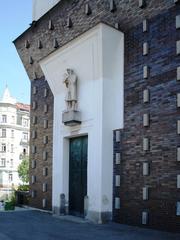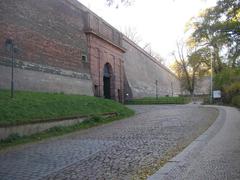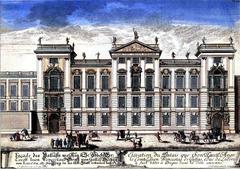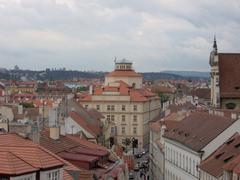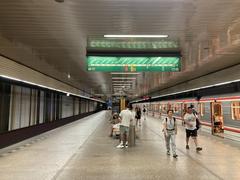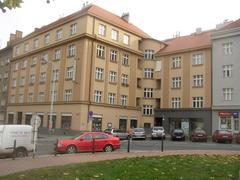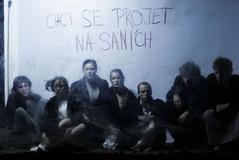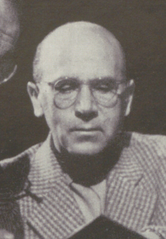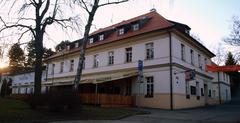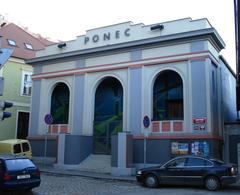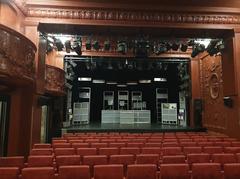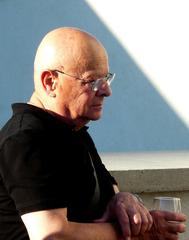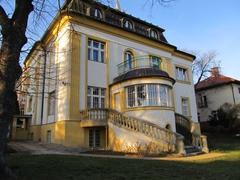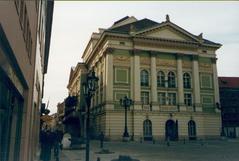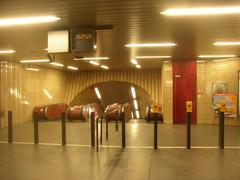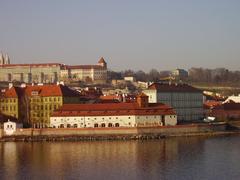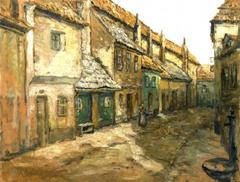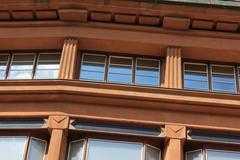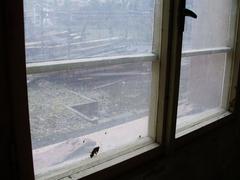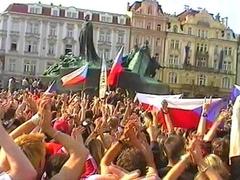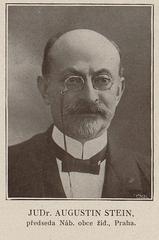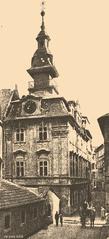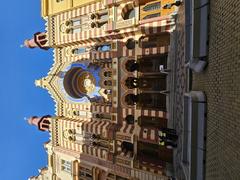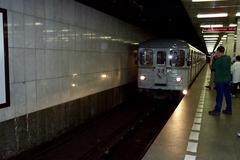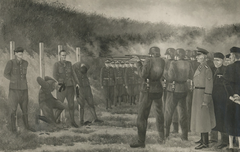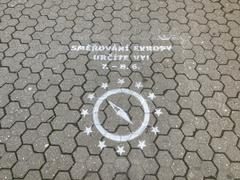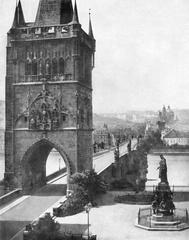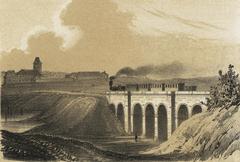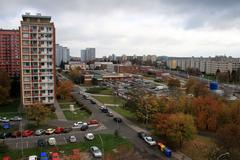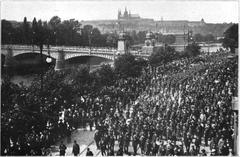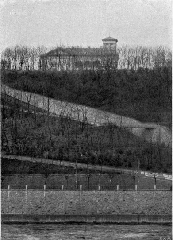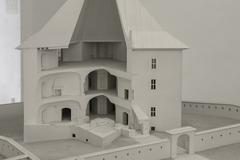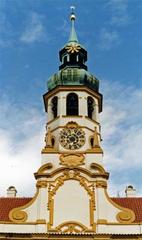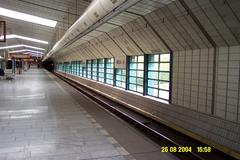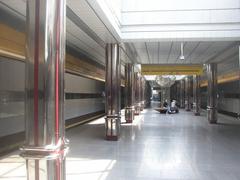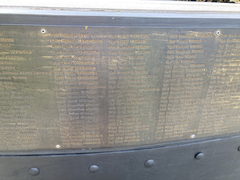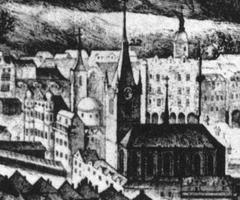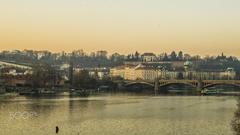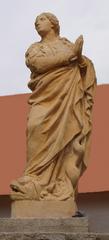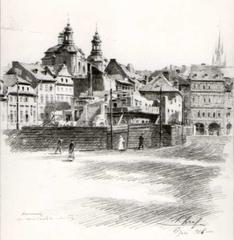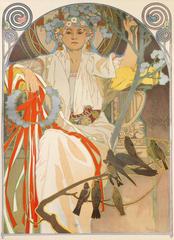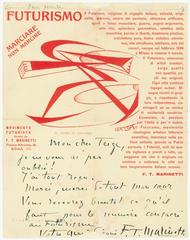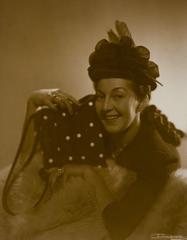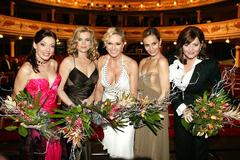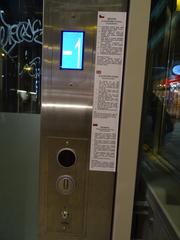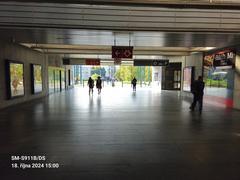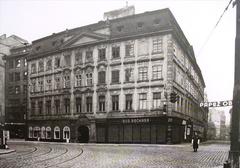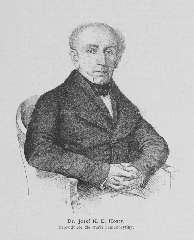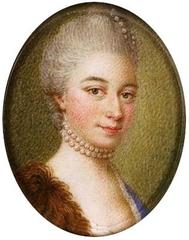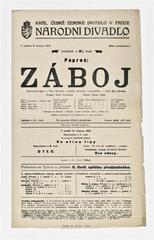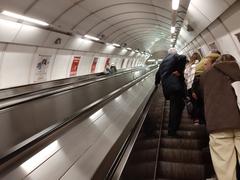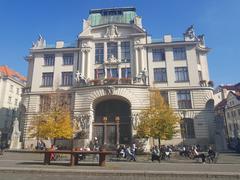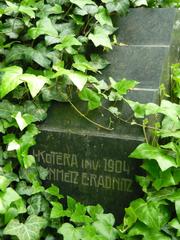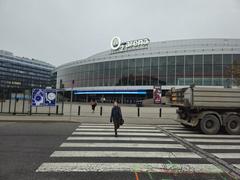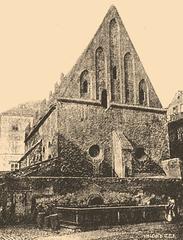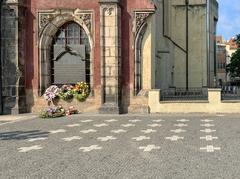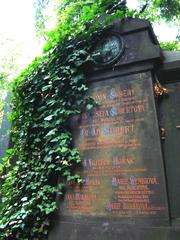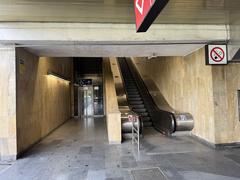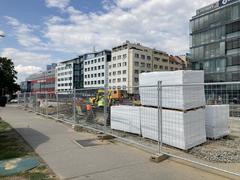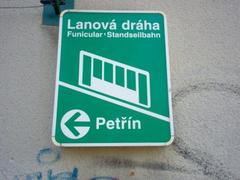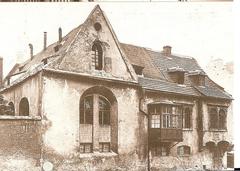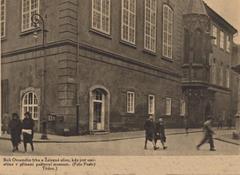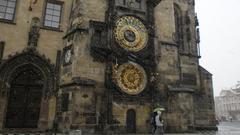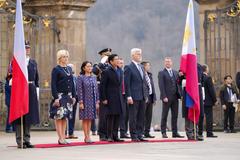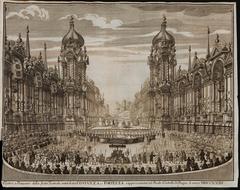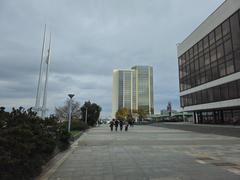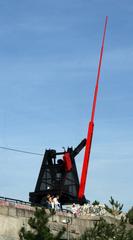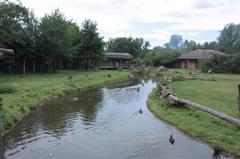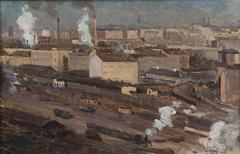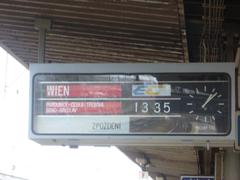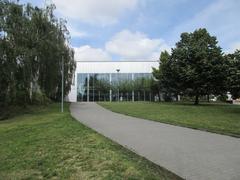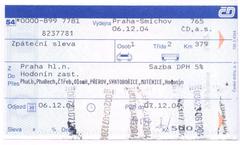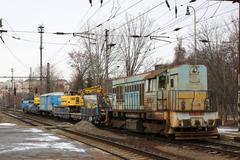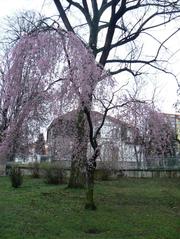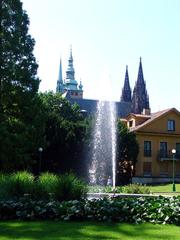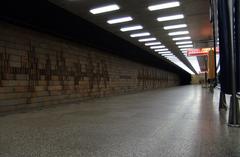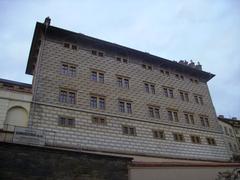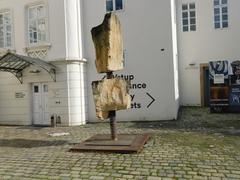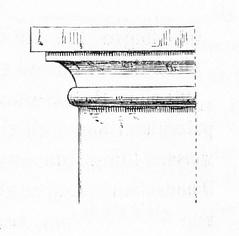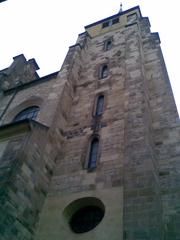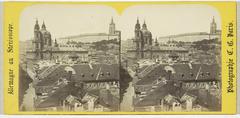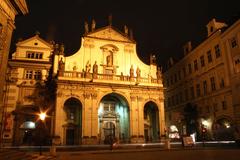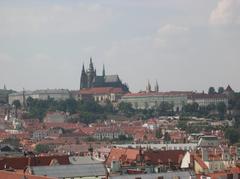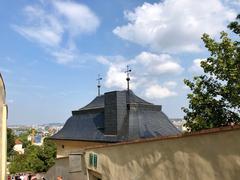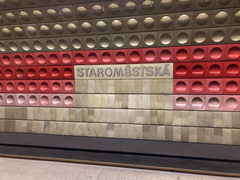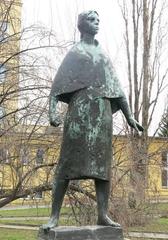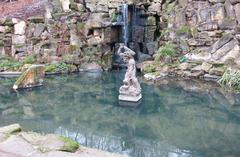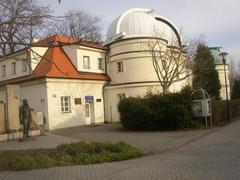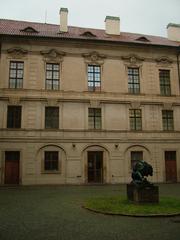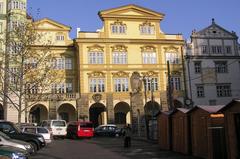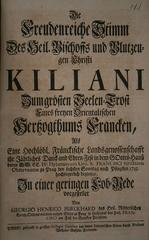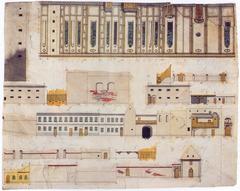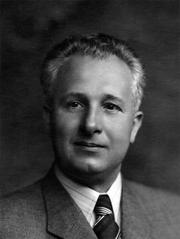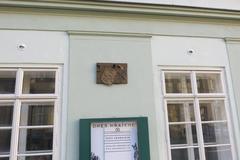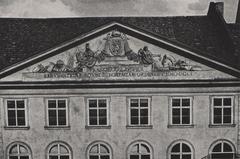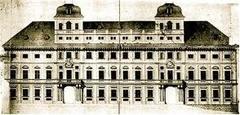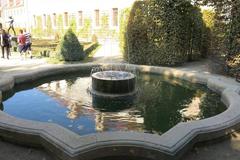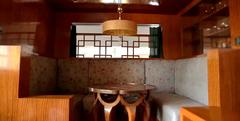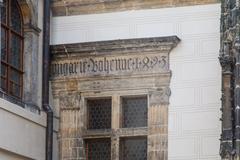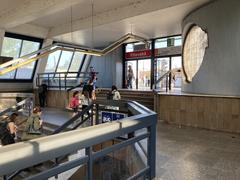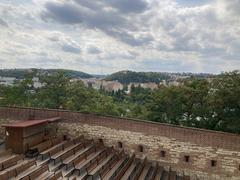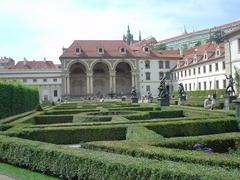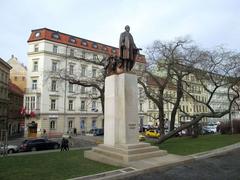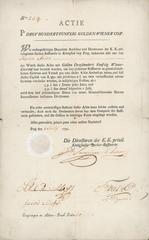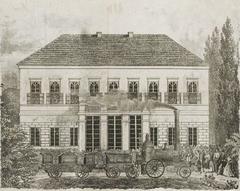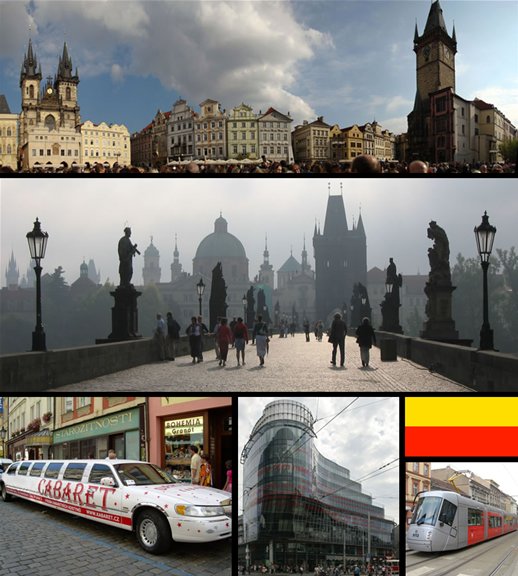
Visiting the Church of Our Lady before Týn: History, Significance, and Visitor Information
Date: 18/07/2024
Introduction
The Church of Our Lady before Týn stands as one of Prague’s most iconic landmarks, its twin Gothic spires piercing the skyline of the Old Town Square. This architectural marvel is not merely a feast for the eyes but also a repository of Prague’s rich religious and cultural history. Constructed in the 14th century, the church has witnessed significant historical events, from the Hussite Wars to the Catholic Reformation, making it a symbol of resilience and faith. The church’s association with pivotal figures like Jan Hus and Tycho Brahe adds another layer of historical and cultural depth, making it an essential site for visitors interested in Prague’s past (source, source).
Visiting the Church of Our Lady before Týn offers a unique opportunity to explore a blend of Gothic and Renaissance architectural styles. From its intricate facades and towering spires to its richly adorned interior, the church is a testament to the artistic and architectural prowess of the medieval and Renaissance periods. This guide aims to provide comprehensive insights into the church’s history, cultural significance, and practical visitor information, making it an invaluable resource for anyone planning to explore this historic gem. Whether you’re interested in its religious significance, artistic treasures, or simply looking for travel tips, this guide has something for everyone (source).
Table of Contents
- [Introduction](#introductionintroduction)
- [Historical Background](#historical-backgroundhistorical-background)
- [Early Beginnings (14th Century)](#early-beginnings-14th-centuryearly-beginnings-14th-century)
- [Hussite Influence (15th Century)](#hussite-influence-15th-centuryhussite-influence-15th-century)
- [Reconstruction and Renaissance Influence (Late 15th - 16th Century)](#reconstruction-and-renaissance-influence-late-15th---16th-centuryreconstruction-and-renaissance-influence-late-15th---16th-century)
- [Catholic Revival and Baroque Additions (17th Century)](#catholic-revival-and-baroque-additions-17th-centurycatholic-revival-and-baroque-additions-17th-century)
- [Decline and Renewal (18th - 19th Century)](#decline-and-renewal-18th---19th-centurydecline-and-renewal-18th---19th-century)
- [20th Century to Present](#20th-century-to-present20th-century-to-present)
- [Cultural and Religious Significance](#cultural-and-religious-significancecultural-and-religious-significance)
- [A Symbol of Hussite Defiance](#a-symbol-of-hussite-defiancea-symbol-of-hussite-defiance)
- [From Hussite Stronghold to Catholic Landmark](#from-hussite-stronghold-to-catholic-landmarkfrom-hussite-stronghold-to-catholic-landmark)
- [Artistic and Spiritual Treasures](#artistic-and-spiritual-treasuresartistic-and-spiritual-treasures)
- [Architectural Features](#architectural-featuresarchitectural-features)
- [The North Tower](#the-north-towerthe-north-tower)
- [The South Tower](#the-south-towerthe-south-tower)
- [The Facade](#the-facadethe-facade)
- [The Interior](#the-interiorthe-interior)
- [Visitor Information](#visitor-informationvisitor-information)
- [Visiting Hours](#visiting-hoursvisiting-hours)
- [Tickets](#ticketstickets)
- [Travel Tips](#travel-tipstravel-tips)
- [Nearby Attractions](#nearby-attractionsnearby-attractions)
- [Accessibility](#accessibilityaccessibility)
- [Special Events and Guided Tours](#special-events-and-guided-toursspecial-events-and-guided-tours)
- [Photographic Spots](#photographic-spotsphotographic-spots)
- [FAQ](#faqfaq)
- [Conclusion](#conclusionconclusion)
- [Call to Action](#call-to-actioncall-to-action)
Historical Background
The story of the Church of Our Lady before Týn offers a glimpse into Prague’s religious and political landscape through the centuries.
Early Beginnings (14th Century)
The church’s roots trace back to the 14th century, a period of prosperity under the reign of Charles IV. During this time, the Old Town Square flourished as a bustling marketplace and the heart of Prague. The original church on this site served as a modest Roman Catholic structure, catering to German merchants who frequented the square. This early church, though much simpler than its successor, already held a significant position in the community.
Hussite Influence (15th Century)
The 15th century ushered in a period of religious upheaval with the Hussite movement. This reformist movement, led by Jan Hus, challenged the Catholic Church’s authority and gained considerable traction in Bohemia. The Church of Our Lady before Týn became a Hussite church in 1427, reflecting the movement’s growing influence. This period saw the church playing a central role in the Hussite movement, even housing the remains of Jan Hus for a time (source).
Reconstruction and Renaissance Influence (Late 15th - 16th Century)
Following the Hussite Wars, the church underwent significant reconstruction. The late Gothic style, prevalent in the late 15th century, became the defining architectural language of the new building. Master builder Matěj Rejsek, renowned for his work on Prague Castle, is credited with designing the church’s iconic northern tower. The church’s construction, however, extended over a considerable period. It wasn’t until the early 17th century that the south tower was completed, showcasing a slightly different design under the influence of the burgeoning Renaissance style.
Catholic Revival and Baroque Additions (17th Century)
The 17th century witnessed a resurgence of Catholicism in Bohemia, particularly after the Battle of White Mountain in 1620. This shift in religious dominance saw the Church of Our Lady before Týn returned to the Catholic Church. The Baroque period left its mark on the church’s interior. Notable additions include the impressive main altar, a masterpiece by František Maxmilián Kaňka, and the ornate organ, one of the most significant Baroque organs in Prague.
Decline and Renewal (18th - 19th Century)
The church faced a period of decline in the 18th century, mirroring a broader trend across Europe. However, the late 19th century brought about renewed interest in the church’s historical and architectural significance. This period saw the church undergoing extensive renovations, aiming to restore its former glory. The renovations focused on preserving the existing structure while addressing years of neglect.
20th Century to Present
The 20th century saw the Church of Our Lady before Týn weathering turbulent times, including two World Wars and the Communist regime. Despite these challenges, the church remained a symbol of resilience and faith for the people of Prague. Today, the church stands as a testament to its enduring legacy. It serves not only as a place of worship but also as a significant cultural landmark, attracting visitors from around the globe.
Cultural and Religious Significance
A Symbol of Hussite Defiance
During the 14th and 15th centuries, the church became closely associated with the Hussite movement, a pre-Reformation religious movement that challenged the Catholic Church’s authority. Jan Hus, a Czech theologian and reformer, preached at the church in the early 15th century, advocating for reforms within the Catholic Church. His teachings, which emphasized the Bible’s authority and criticized Church practices, resonated deeply with the Czech populace (source).
Although Hus was condemned as a heretic and burned at the stake in 1415, his followers, the Hussites, continued to use the church as a place of worship. The church’s association with the Hussites cemented its status as a symbol of Czech national identity and resistance against foreign influence.
From Hussite Stronghold to Catholic Landmark
Following the Hussite Wars, the church reverted to Catholic control. The ornate northern portal, added in the late 15th century, reflects the late Gothic style prevalent during the Catholic Habsburg dynasty’s reign. This period saw the church adorned with elaborate decorations and furnishings, reflecting the Counter-Reformation’s emphasis on grandeur and opulence.
Artistic and Spiritual Treasures
The church’s interior is a testament to its rich history and artistic patronage. The main altar, dating back to 1649, is a masterpiece of Baroque art, showcasing the dramatic style that flourished during the Counter-Reformation. The church also houses numerous other significant artworks, including:
- The Týn Madonna: This early Gothic sculpture of the Virgin Mary, dating back to around 1400, is a poignant reminder of the church’s pre-Hussite past.
- The Tomb of Tycho Brahe: The renowned Danish astronomer, who served at the court of Emperor Rudolph II, is buried within the church. His tomb, marked by an elaborate epitaph, reflects the intellectual and scientific curiosity that characterized Prague during the Renaissance (source).
- The Baroque Organ: Dating back to 1673, this magnificent instrument is one of the most valuable historical organs in Europe. Its intricate carvings and powerful sound add to the church’s grandeur and serve as a reminder of its musical heritage.
Architectural Features
The North Tower
The north tower, completed in 1511, stands as a testament to the architectural transition taking place during its construction. Designed by Matěj Rejsek, a prominent architect of the time, the tower reflects the late Gothic style, evident in its intricate network of ribs and the ornate spire that crowns its peak.
- Gothic Foundations, Renaissance Flourish: While the tower’s base exhibits classic Gothic elements, the upper sections incorporate Renaissance details, showcasing the evolving architectural landscape of Prague.
The South Tower
The south tower, in contrast to its northern counterpart, remains unfinished, with its construction halted in the early 16th century. Despite its incomplete state, the tower contributes significantly to the church’s asymmetrical yet captivating facade.
- A Mirror Image, Yet Distinct: While designed to mirror the north tower, the south tower’s unfinished state reveals the raw, unadorned beauty of its Gothic structure.
The Facade
The church’s west facade, facing the Old Town Square, is a breathtaking example of Gothic architectural prowess. Its towering presence, adorned with intricate details and sculptures, has captivated visitors for centuries.
- A Portal to the Divine: The facade is dominated by a large central window, often referred to as the rose window, a masterpiece of stained glass artistry depicting scenes from the life of the Virgin Mary.
- Sculptural Narratives: Flanking the central window are elaborate portals, their arched entrances adorned with sculptures depicting biblical scenes and figures.
- Gargoyles: Perched atop the facade are gargoyles, grotesque figures that served both as decorative elements and functional water spouts.
The Interior
Stepping inside the Church of Our Lady before Týn is akin to entering a different era. The interior, with its soaring arches, intricate vaulting, and rich collection of religious art, evokes a sense of awe and reverence.
- Gothic Vaults: The church’s interior is characterized by its high, vaulted ceilings, a hallmark of Gothic architecture.
- A Treasure Trove of Art: The church houses a remarkable collection of religious art spanning several centuries, from Gothic sculptures and Baroque altarpieces to Renaissance paintings.
- The Tomb of Tycho Brahe: Among the church’s notable features is the tomb of Tycho Brahe, a renowned 16th-century astronomer.
Visitor Information
Visiting Hours
The Church of Our Lady before Týn is open to visitors daily:
- Monday to Thursday: 10:00 AM - 5:00 PM
- Friday: 10:00 AM - 3:00 PM
- Saturday: 10:00 AM - 12:00 PM
- Sunday: 10:00 AM - 6:00 PM
Tickets
Admission to the Church of Our Lady before Týn is free, but donations are appreciated to help with the church’s upkeep. Special guided tours may have a separate fee.
Travel Tips
- The church is located in the heart of Prague’s Old Town Square, making it easily accessible on foot or by public transport.
- Wear comfortable shoes as the cobblestone streets can be uneven.
- Photography is allowed, but be respectful of ongoing services.
Nearby Attractions
- Old Town Square: Explore other historical sites such as the Astronomical Clock and the Old Town Hall.
- Charles Bridge: A short walk from the church, this iconic bridge offers stunning views of Prague.
- Prague Castle: A must-visit landmark that provides a panoramic view of the city.
Accessibility
The Church of Our Lady before Týn is wheelchair accessible. There are ramps and elevators available for those with mobility issues.
Special Events and Guided Tours
The church hosts regular Catholic masses and special events throughout the year. Guided tours are available and provide deeper insights into the church’s history, architecture, and artworks. These tours can be booked in advance through the official website.
Photographic Spots
The towering spires of the Church of Our Lady before Týn offer stunning photographic opportunities. The best spots for capturing the church include the Old Town Square and the nearby Powder Tower.
FAQ
-
Is there a fee to enter the Church of Our Lady before Týn?
- No, entry is free, but donations are appreciated.
-
Are guided tours available?
- Yes, special guided tours are available and may have a separate fee.
-
Can I take photos inside the church?
- Yes, photography is allowed, but please be respectful of ongoing services.
-
What are the visiting hours?
- The church is open Monday to Thursday from 10:00 AM to 5:00 PM, Friday from 10:00 AM to 3:00 PM, Saturday from 10:00 AM to 12:00 PM, and Sunday from 10:00 AM to 6:00 PM.
Conclusion
The Church of Our Lady before Týn is more than just an architectural marvel; it is a living testament to Prague’s rich cultural and religious heritage. From its early beginnings in the 14th century through periods of religious upheaval, artistic transformation, and eventual renewal, the church has remained a constant symbol of resilience and faith. Its towering spires and intricate Gothic features continue to captivate visitors, while its association with historical figures like Jan Hus and Tycho Brahe adds layers of historical and cultural significance.
Today, the Church of Our Lady before Týn stands as a vibrant place of worship and a major tourist attraction, offering visitors a unique blend of historical insights and architectural splendor. Whether you are a history enthusiast, an architecture aficionado, or simply a curious traveler, the church provides a captivating glimpse into the heart and soul of Prague. Plan your visit to this iconic landmark to experience firsthand the rich tapestry of history, art, and faith that it embodies (source, source, source).
Call to Action
Stay up to date with the latest information and events by following us on social media or downloading our mobile app. For more historical insights and travel tips, check out our other related posts.
References
- ‘Hussite Wars’, 2024, Britannica https://www.britannica.com/event/Hussite-Wars
- ‘Jan Hus’, 2024, Britannica https://www.britannica.com/biography/Jan-Hus
- ‘Tycho Brahe’, 2024, Britannica https://www.britannica.com/biography/Tycho-Brahe

